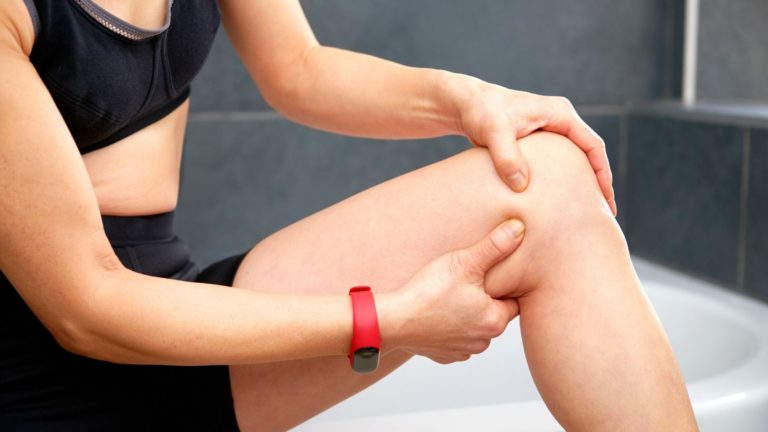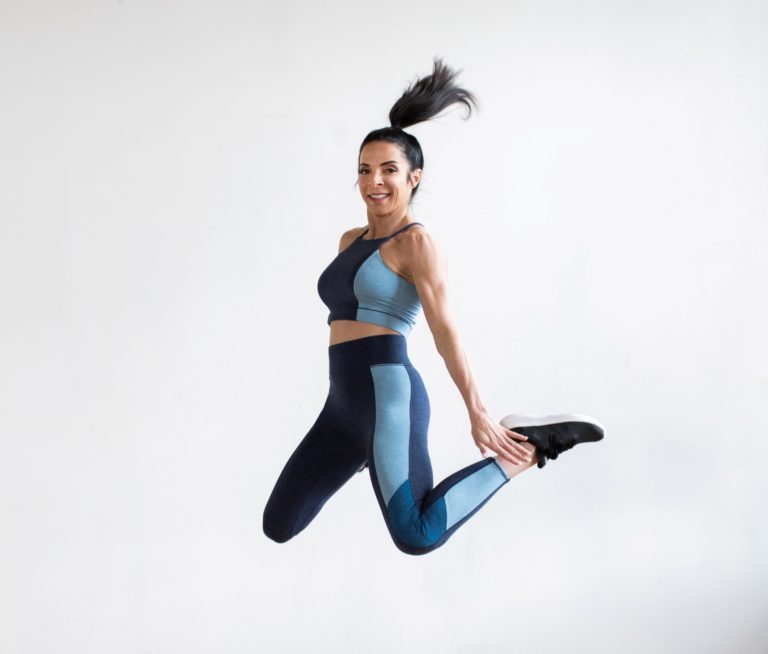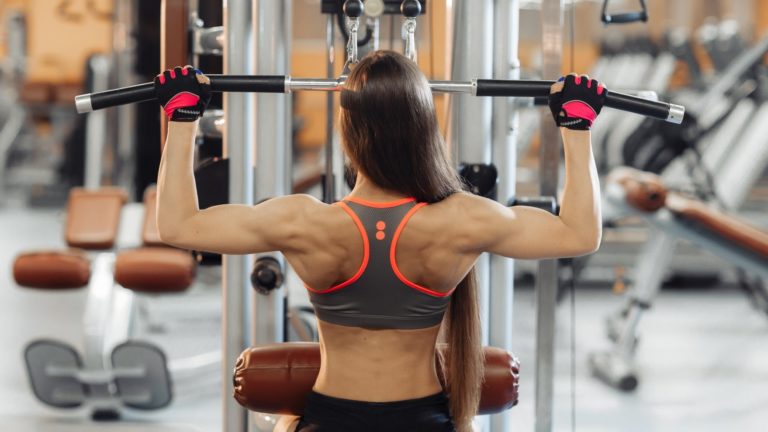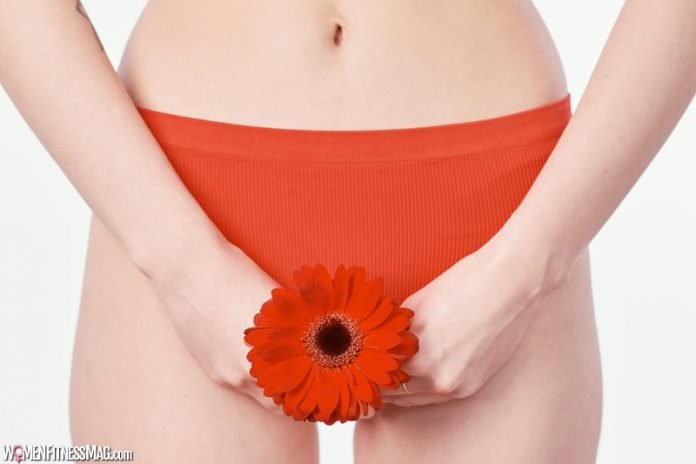
Your Gym Rush Hour Leg Workout

Get access to everything we publish when you
sign up for Outside+.
No one likes being shoulder to shoulder with sweaty, heavy-breathing humans, all angling for the same benches, machines and weights. In an ideal world, we’d all walk in and blissfully have the health club to ourselves.
Unfortunately, though, most of us live in the real world, where we have few options other than trying to squeeze in our weight session right before or after our 9-to-5 — meaning we’re left to navigate the rabble while still trying to get the best workout we can.
Michelle Basta Speers, NSCA-CPT, endurance athlete and personal trainer based in Wrightwood, California, has the solution when it comes to leg day. You just need to corral a Smith machine for the front end, and then a bench or step and a set of two matching kettlebells (or dumbbells will work in a pinch) for the finish — that’s just three stations for one killer workout.
Crush Your Legs
In this lower-body routine, you’ll begin with higher-intensity compound movements on the Smith machine and then follow it up with kettlebell-oriented exercises — still tough but not as heavy as far as weight selection.
“If you can, try to follow the workout in the order it’s presented,” Speers says. “But if you find yourself waiting for the Smith machine, just flip-flop the front and back of the workout and adjust the weight as necessary for your more fatigued state when the Smith opens up.”
Most exercises are three sets of eight to 12 reps, other than the hip thrust — four sets of eight to 12 reps — and the optional standing calf raise, in which three sets of 15 to 20 reps is the goal. Be sure to select resistance that will bring the muscles to failure (or close to it) within the recommended rep range. If you feel you could keep repping when you reach the targeted count, you’ve gone too light. Rest 45 to 90 seconds between sets, giving yourself enough time to catch your breath and allow your strength levels to bounce back for the next round.
| Station | Exercise | Sets | Reps |
| Smith Machine | Hack Squat | 3* | 8-12 |
| Smith Machine | Stationary Lunge | 3 | 8-12 (per leg) |
| Smith Machine | Sumo Squat | 3 | 8-12 |
| Smith Machine | Standing Calf Raise | 3 | 15-20 |
| Bench or Step | Kettlebell Step-Up† | 3 | 8-12 |
| Bench or Step | Hip Thrust† | 4 | 8-12 |
| Kettlebells | Single-Leg Deadlift† | 3 | 8-12 (per side) |
| Kettlebells | Goblet Squat† | 3 | 8-12 |
*Plus one warm-up set of 15 to 20 reps.
†You’ll use two kettlebells for the step-up, single-leg deadlift and goblet squat and one for the hip thrust.
Smith-Machine Hack Squat
Set the bar to the appropriate height, just a little lower than shoulder level, using the safety stops. Load the bar. Position yourself so the bar lies across your shoulders and traps, then take an overhand grip with both hands and lift the bar off the stops. Walk your feet forward a couple of steps so that they are a few inches in front of the bar and flex your core. Squat down until your thighs reach a point parallel to the floor, then press through your heels to return to a standing position.
“At the bottom, mentally check your body position — your knees should be behind your toes and your back should be straight, never hunched,” Speers says.
Smith-Machine Stationary Lunge
With the bar set at the same height as the hack squat to start, load (or unload) the bar to the appropriate weight you can handle for this movement. Position yourself so the bar is across your shoulders and traps, take an overhand grip, then step forward with your right foot and backward with your left into a split squat. Be sure to stay centered under the bar, the weight directly over your hips. Lift the bar to unlatch the safeties, then slowly lower yourself toward the floor by bending both knees and flexing the hip of your right leg. Drop as low as you can, stopping just short of your back knee hitting the floor, then press through your front foot to return to the start position. Complete eight to 12 reps, then switch sides so that the other leg is forward and repeat — once through with each leg equals one set.
Smith-Machine Sumo Squat
With the bar set in the same place as the previous exercise, load (or unload) the bar to the appropriate weight. Position yourself so the bar is again across your shoulders and traps, take an overhand grip on it and assume a generously wide foot stance. Turn your knees and toes out slightly, lift the bar and clear the safeties, and while keeping your back tight, flex your knees and hips and drop your tailbone toward the floor. Once your thighs reach a point about parallel to the floor, press through the heels of both feet to rise back to the start position.
“Keeping your feet directly under the bar during this movement will hit the quads harder, and inching your feet a little forward of the bar will recruit the glutes a bit more,” Speers explains.
Smith-Machine Standing Calf Raise
With the bar set in the same place as the previous exercise, place two weight plates, 25 pounds or heavier, on the floor under the bar. Load (or unload) the bar to the weight needed. Position yourself so the bar rests comfortably across your shoulders and traps, take an overhand grip on it and place your toes on the plates. Lift the bar to unlatch the safeties, and with your knees straight, drop your heels to the floor, then rise on to your toes as high as you can to a full calf contraction. Repeat for reps.
Kettlebell Step-Up
Secure a bench or set a step so that it’s roughly knee height. Hold a kettlebell in each hand — they can hang at your sides, or you can keep them at chest height with the handles together, elbows up and the kettlebells facing outward, resting on your arms. Facing the long edge of the bench, place your right foot in the center, and engage the muscles of the leg and glutes to extend your knee and hip to bring yourself upward until you are standing on top of the bench. Stabilize yourself, then reverse the motion and return the left leg to the floor under control. Repeat for reps, then switch sides.
“If you have trouble with the balance aspect of this, try it holding just one kettlebell at your chest with both hands instead of using two weights,” Speers recommends.
Kettlebell Hip Thrust
Grab a kettlebell and place it near the end of a bench. Lie across the long edge of the bench, with your upper back and shoulders supported, knees bent, feet flat on the floor, so that your body forms a bridge. Grasp the kettlebell and place it on your lap at your hips. (You also can use two small kettlebells if they’re available and it’s more comfortable.) Slowly lower your hips toward the floor, keeping your core tight and back straight, and reverse the motion just before your glutes touch down. Repeat for reps.
Kettlebell Single-Leg Deadlift
Grab both kettlebells and stand with your feet hip-width apart. Keeping your bodyweight supported by your right leg, slowly hinge forward, keeping your back straight, and allow your left leg to rise behind you. Drop your upper body as low as possible without flexing your spine — or just before the bottom of the kettlebells touch down to the floor — then engage through your glutes and hamstrings to return to upright. Repeat for reps, then switch sides.
Kettlebell Goblet Squat
Grip a kettlebell by the horns (the sides of the handles) — or upside down, whichever feels best to you — with both hands at chest height. Stand with your feet set wider than your hips. Bend your knees and flex your hips to lower your glutes toward the floor. At the bottom, your knees should be open wide with your elbows contacting the inside of your knees. Push through both feet to return to a standing position.
Published at Wed, 15 Dec 2021 07:43:49 -0800






